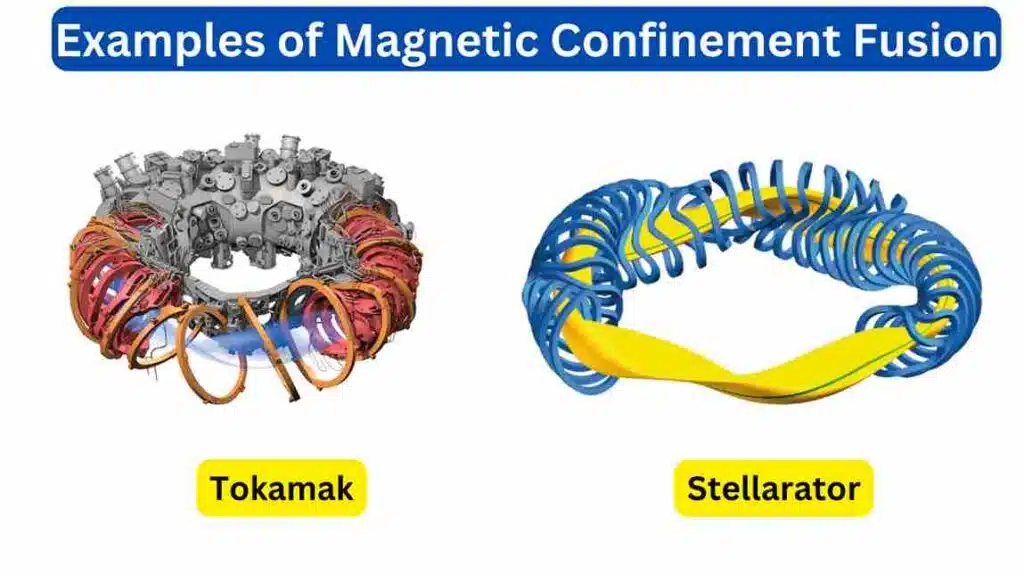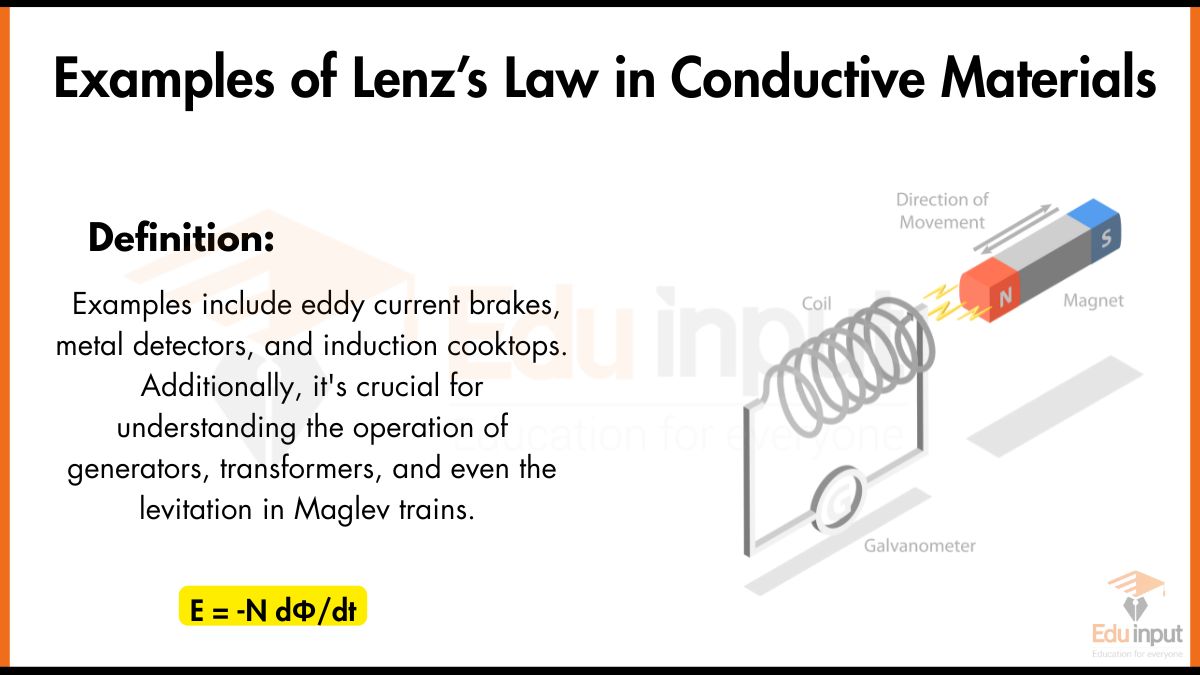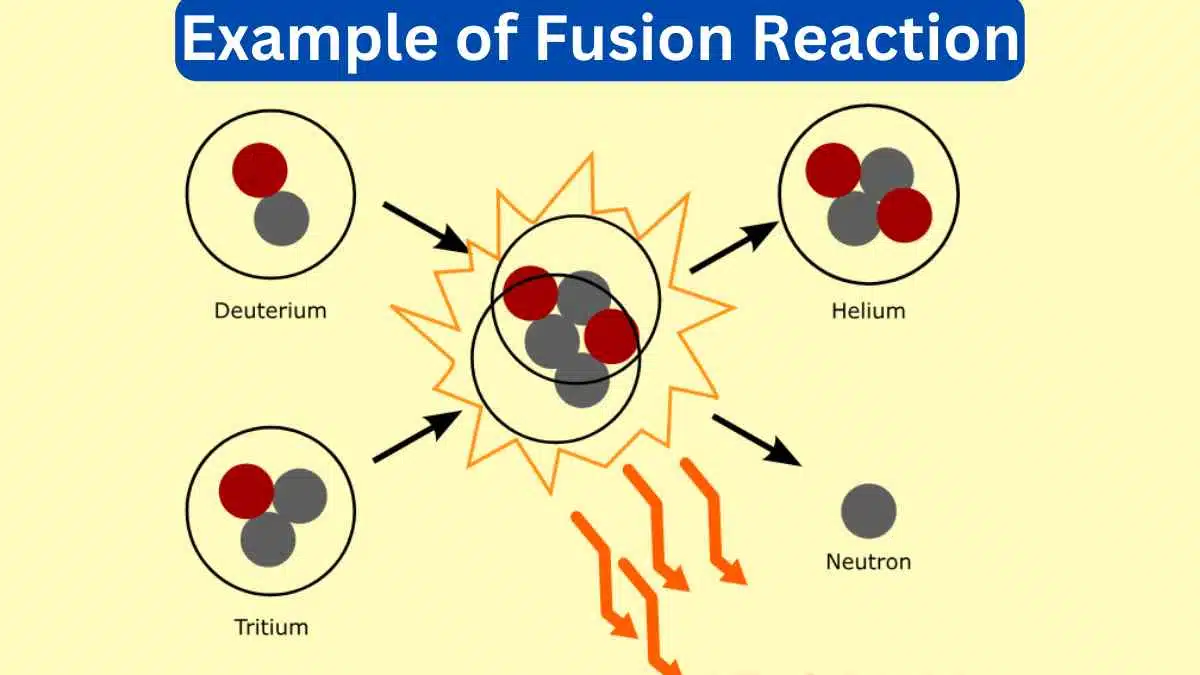10 Examples of Magnetic Confinement Fusion
Magnetic confinement fusion is a type of nuclear fusion where magnetic fields are used to contain and heat the plasma fuel to achieve fusion reactions. Examples of magnetic confinement fusion include tokamaks, stellarators, and magnetically confined fusion reactors.
Examples of Magnetic Confinement Fusion
Here are examples of magnetic confinement fusion.

1. Tokamak
The tokamak is one of the most well-known magnetic confinement fusion devices. It uses a toroidal (doughnut-shaped) magnetic field to contain and stabilize a high-temperature plasma. The ITER project in France is a notable tokamak experiment aiming to demonstrate the feasibility of sustained nuclear fusion.
2. Stellarator
A stellarator is another type of magnetic confinement device that uses twisted, helical magnetic fields to contain and stabilize plasma. Unlike tokamaks, stellarators do not rely on a plasma current for stability. The Wendelstein 7-X in Germany is a prominent stellarator experiment.
3. Spheromak
A spheromak is a compact fusion device that generates plasma in a naturally closed magnetic configuration. It combines features of both tokamaks and stellarators and offers the advantage of simplicity in magnetic field design.
4. Reversed Field Pinch (RFP)
An RFP is a magnetic confinement concept where the plasma’s toroidal magnetic field has a reversed direction in the center, causing the plasma to self-organize. RFX-mod in Italy is a significant RFP experiment.
5. Field-Reversed Configuration (FRC)
In the FRC concept, plasma is confined by magnetic fields that form a toroidal shape with no central solenoid. This approach aims to reduce the size and complexity of fusion reactors.
6. Levitated Dipole Experiment (LDX)
LDX is a unique magnetic confinement device that uses superconducting magnets to create a dipole magnetic field that levitates the plasma, allowing it to be studied without touching the chamber walls.
7. Spherically Imploding Plasma (Spheromak)
The spherically imploding plasma approach compresses plasma to achieve the high temperatures and pressures needed for fusion. The focus is on developing techniques to compress the plasma effectively.
8. Compact Fusion Reactors
Various compact fusion reactor concepts, like the Lockheed Martin Skunk Works’ Compact Fusion Reactor (CFR), aim to achieve controlled fusion in smaller, more practical devices.
9. Fusion Ignition via Laser-Driven Magnetic Target (MagLIF)
MagLIF combines magnetic and inertial confinement techniques, using laser-driven compression to create the conditions for fusion in a magnetic target.
10. Magnetic Target Fusion (MTF)
MTF is a fusion concept where magnetic fields are used to compress a plasma target, initiating fusion reactions. It explores the potential for fusion as an energy source.
These examples represent a range of magnetic confinement fusion concepts and experiments, each with its unique approach to achieving the goal of sustainable nuclear fusion as a clean and virtually limitless source of energy. Researchers continue to work on these concepts to make controlled fusion a practical and scalable reality.







Leave a Reply